The Leibniz-IZW is an internationally renowned German research institute. It is part of the Forschungsverbund Berlin e.V. and a member of the Leibniz Association. Our goal is to understand the adaptability of wildlife in the context of global change and to contribute to the enhancement of the survival of viable wildlife populations. For this purpose, we investigate the diversity of life histories, the mechanisms of evolutionary adaptations and their limits, including diseases, as well as the interrelations of wildlife with their environment and people. We use expertise from biology and veterinary medicine in an interdisciplinary approach to conduct fundamental and applied research – from the molecular to the landscape level – in close dialogue with the public and stakeholders. Additionally, we are committed to unique and high-quality services for the scientific community.
+++ Current information on African swine fever: The Leibniz-IZW conducts research on the population dynamics, on models of disease outbreaks in wild boars and on the ecology and human-wildlife interaction in urban areas. African swine fever is a reportable disease in domestic swine and therefor is the purview of the respective federal state laboratories and the Friedrich-Loeffler-Institut (Federal Research Institute for Animal Health) FLI. +++
News
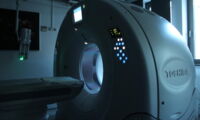
Inauguration of a new generation research computed tomography (CT) - Aquilion ONE – the world’s most advanced state-of-the-art CT in veterinary research
The Leibniz Institute for Zoo & Wildlife Research (IZW) in Berlin, Germany, today inaugurates the world’s most advanced state-of-the art computer tomograph currently available in veterinary research. The new CT enables fascinating virtual insights into wildlife. It will be possible to display organ movements at a new level of spatial and temporal resolution, e.g. live heart beats.
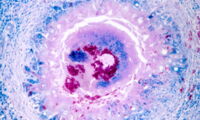
Infections of the 21st century – new Leibniz research alliance
The Leibniz Institute for Zoo and Wildlife Research (IZW) is cofounder of the Leibniz research alliance ‘INFECTIONS´21 – Transmission Control of Infections in the 21st Century’. The new Leibniz alliance investigates the control, prevention and combat of infectious diseases. Fourteen Leibniz institutions and three external partners are participating in this interdisciplinary project. The association is funded with a total volume of 600.000 EUR for four years.
Read more … Infections of the 21st century – new Leibniz research alliance
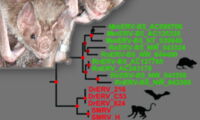
Vampire bats: Who bit whom?
Scientists discovered a new retrovirus “fossil” found in the common vampire bat which is homologous to retroviruses in rodents and primates. The results suggest the recent circulation of an active infectious retrovirus and cross-species transmission. The study has been published in the scientific journal “Journal of Virology”.
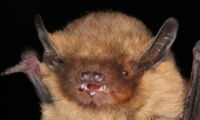
Germany’s “energywende” threatens migratory bats
Numerous bats are killed by German wind turbines. The number of such turbines, already very high, is planned to be increased further. More than two-thirds of bats being killed by wind turbines on German ground are migrants on their way between summer and winter habitats. Due to its geographical location in Europe, Germany has consequently a central responsibility for the conservation of migratory bats.
Read more … Germany’s “energywende” threatens migratory bats
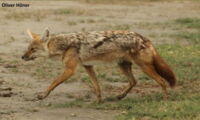
The first kobuviruses described from Africa
An international team of researchers led by scientists at the German Leibniz Institute for Zoo and Wildlife Research (IZW) genetically describe the first kobuviruses to be reported from Africa. The results show that the viruses are less host-specific than previously assumed. The study has been published in the scientific journal “Virology”.
_jennifer%20zahmel-r0swny9ax4xnvke.jpg)
Frozen semen from lions are capable to produce embryos
Scientists from Berlin successfully produced embryos from African lions via assisted reproduction. What is genuinely new is the fact that they used immature eggs that were retrieved from African lionesses. After artificial maturation these eggs were injected with lions’ sperm, previously stored in a cryobank. To surprise of the scientists from the Leibniz Institute for Zoo and Wildlife Research (IZW) the development of the lion embryos was retarded in comparison to similar embryos from domestic cats.
Read more … Frozen semen from lions are capable to produce embryos
%20im%20ngorongoro-krater%20in%20tansania_oliver%20hoener_izw_komprimiert-sc71cv69epjhg84.jpg)
A new method for hormone research in wildlife
Quantifying the by-products of hormone degradation in urine and faeces is crucial for studies in wildlife conservation. Scientists from the German Leibniz Institute for Zoo and Wildlife Research (IZW) established a new method that allows comparison of such measurements over long periods of time and between different laboratories. The results of this study have been published in the scientific journal “Methods in Ecology and Evolution”.
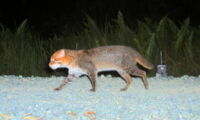
As trees are cut and climates shift, can the animals of Borneo be saved?
Despite the fact that many of Borneo’s rare species are in trouble new research published in the journal Current Biology shows that by using targeted conservation measures many of these species could be saved.
Read more … As trees are cut and climates shift, can the animals of Borneo be saved?




